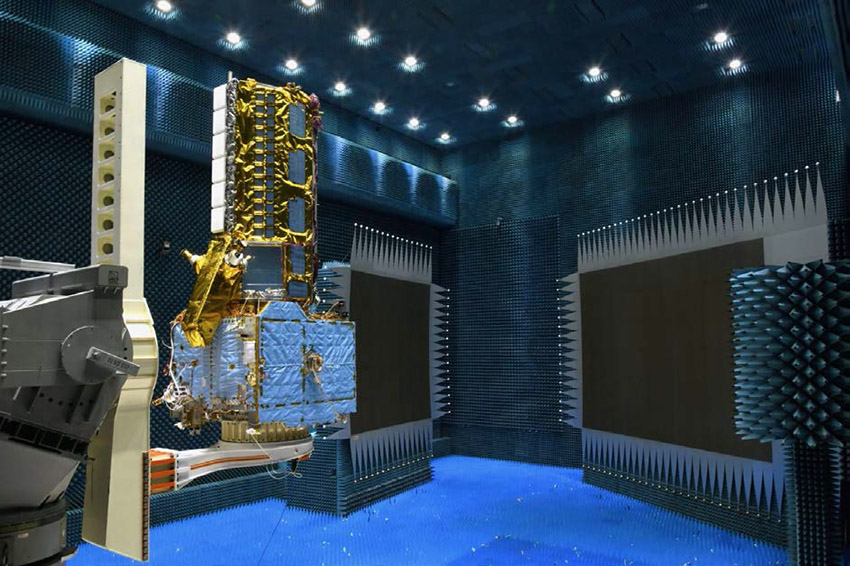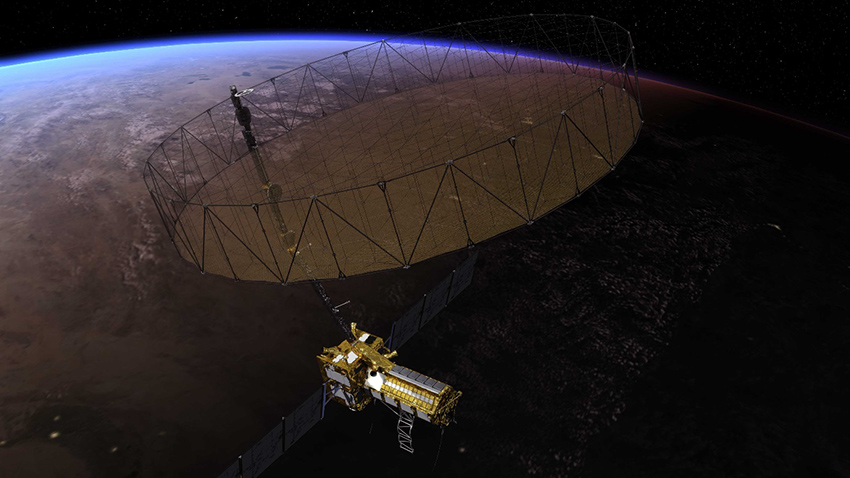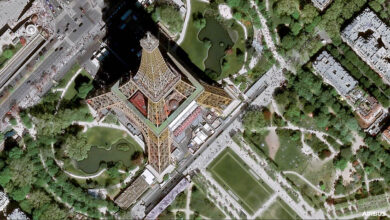NASA and ISRO’s Revolutionary Collaboration for Earth Observation-NISAR Mission 2024
By R. Anil Kumar
Synopsis
-
The NISAR spacecraft mission expected to launch-It is poised to embark on its mission in the first quarter of 2024.
-
The goals of the NISAR spacecraft– To monitor Earth’s surfaces dynamics and support research in areas such as agriculture and natural disaster mitigation.
-
TNelson’s visit to India-He plans to inspect the NISAR spacecraft, a collaboration between NASA and the Indian Space Research Organization (ISRO).
-
The key areas of discussion for these high-level international meetings– Areas like human spaceflight, planet’s climate monitoring, and ecosystem studies.
-
Some activities planned with students – Nelson will engage in dialogue with students about STEM education and space exploration.
Bangalore, November 26. Explore the future of Earth observation with NASA and ISRO as they join forces for the ground-breaking NISAR mission set to launch in the first quarter of 2024. This collaborative effort leverages the world’s most advanced Earth imaging satellite, aiming to revolutionize our understanding of climate change and elevate capabilities in earthquake and tsunami forecasting.
NISAR is an equal collaboration between NASA and ISRO and marks the first time the two agencies have cooperated on hardware development for an Earth-observing mission.
NASA’s Jet Propulsion Laboratory, which is managed for the agency by Caltech in Pasadena, California, leads the US component of the project and is providing the mission’s L-band SAR.
NASA is also providing the radar reflector antenna, the deployable boom, a high-rate communication subsystem for science data, GPS receivers, a solid-state recorder, and payload data subsystem.
U R Rao Satellite Centre (URSC) in Bengaluru, which leads the ISRO component of the mission, is providing the spacecraft bus, the launch vehicle, and associated launch services and satellite mission operations. ISRO’s Space Applications Centre in Ahmedabad is providing the S-band SAR electronics.
During three weeks in a thermal vacuum chamber in Bengaluru, India, the joint NASA-ISRO satellite demonstrated its hardiness in a harsh, space-like environment.
NISAR, the trailblazing Earth-observing radar satellite being developed by the United States and Indian space agencies, passed a major milestone on Nov. 13, emerging from a 21-day test aimed at evaluating its ability to function in the extreme temperatures and the vacuum of space.
NASA-ISRO Synthetic Aperture Radar, NISAR is the first space hardware collaboration between NASA and the Indian Space Research Organisation, or ISRO, on an Earth-observing mission. Scheduled to launch in early 2024, the satellite will scan nearly all the planet’s land and ice twice every 12 days, monitoring the motion of those surfaces down to fractions of an inch. It will be able to observe movements from earthquakes, landslides, and volcanic activity and track dynamic changes in forests, wetlands, and agricultural lands.

The thermal vacuum test occurred at ISRO’s Satellite Integration and Test Establishment in the city of Bengaluru. It’s one of a battery of tests the satellite will face leading to launch. Other tests will ensure it can withstand the shaking, vibration, and jostling that it will encounter during launch.
NISAR, partially covered in gold-hued thermal blanketing, entered the vacuum chamber on October 19. Over the following week, engineers and technicians lowered the pressure to an infinitesimal fraction of the normal pressure at sea level. They also subjected the satellite to an 80-hour “cold soak” at 14 degrees Fahrenheit (minus 10 degrees Celsius), followed by an equally lengthy “hot soak” at up to 122 F (50 C). This simulates the temperature swings the spacecraft will experience as it is exposed to sunlight and darkness in orbit.
ISRO and JPL teams worked round the clock during the three-week period, testing the performance of the satellite’s thermal systems and its two primary science instrument systems – the L-band and S-band radars – under the most extreme temperature conditions they will experience in space.

This latest round of testing followed 20 days of testing in September in which engineers used ISRO’s compact antenna test facility to evaluate whether the radio signals from the two radar systems’ antennas passed requirements. Blue foam spikes lining the facility’s walls, floor, and ceiling prevent radio waves from bouncing around the room and interfering with measurement.
With thermal vacuum and compact antenna tests successfully done, NISAR will soon be fitted with its solar panels and its nearly 40-foot (12-meter) radar antenna reflector, which resembles a snare drum and will unfold in space at the end of a 30-foot (9-meter) boom extending from the spacecraft.
The satellite will undergo additional tests before being packed up and transported about 220 miles (350 kilometers) eastward to Satish Dhawan Space Centre, where it will be mounted atop ISRO’s Geosynchronous Satellite Launch Vehicle Mark II rocket and sent into low Earth orbit.
In an upcoming international venture, NASA Administrator Bill Nelson will embark on a diplomatic journey to India. The visit is set to launch a series of high-level discussions aimed at furthering partnerships in space exploration and environmental science.
Throughout this global outreach effort, Administrator Bill Nelson endeavours to engage with pivotal government and space authorities to fortify connections in areas like human spaceflight and the monitoring of our planet’s climate and ecosystems.
Such collaboration is pivotal in an era where cross-border innovation is required to address the complex challenges faced by humanity.
A key moment awaits in India, aligned with a US-India initiative spearheaded by President Joe Biden.
Here, Nelson plans to inspect the highly anticipated NISAR spacecraft, poised to embark on its mission in 2024. This craft, representing the pioneering collaboration between NASA and the Indian Space Research Organization (ISRO), stands as a testament to international cooperation.
Together, these space agencies aim to unveil the dynamics of our planet’s surfaces and aid vital research efforts from agriculture to natural disaster mitigation.
His presence will reinforce the importance of space-based insights in climate strategies, emphasizing the agency’s ongoing contribution to sustainable progress.
Excitingly, the seeds of future innovation will be nurtured as Nelson meets eager students.
These young minds, forming the Artemis Generation, will engage in dialogue about STEM education and the boundless realm of space exploration, heralding the dawn of new horizons in international scientific cooperation.
Definitions for Key Terms or Jargon
- NASA: National Aeronautics and Space Administration, the US government agency responsible for the nation’s civilian space program and for aeronautics and aerospace research.
- NISAR spacecraft: A joint Earth-observing mission between NASA and ISRO designed to monitor and understand natural processes on Earth.
- ISRO: Indian Space Research Organization, the space agency of the Government of India.
- STEM: Acronym for Science, Technology, Engineering, and Mathematics.
- Artemis Generation: Refers to the current generation of young individuals who will witness and possibly participate in NASA’s Artemis program aiming to return humans to the Moon and beyond.
- United Nations Climate Change Conference – 2023: An international environmental treaty conference to address climate change.





